
KNX Raspberry Pi HAT Hackaday.io
The KNX Raspberry Pi HAT and the Raspberry Pi itself need to be supplied separately. Both are functionally isolated from each other by the ISO7741. The HAT is supplied through the KNX bus. On the top left of the shield, there are two 1 mm terminal pins to connect the bus. Normally a red/grey Wago connector is used to plug onto these pins.
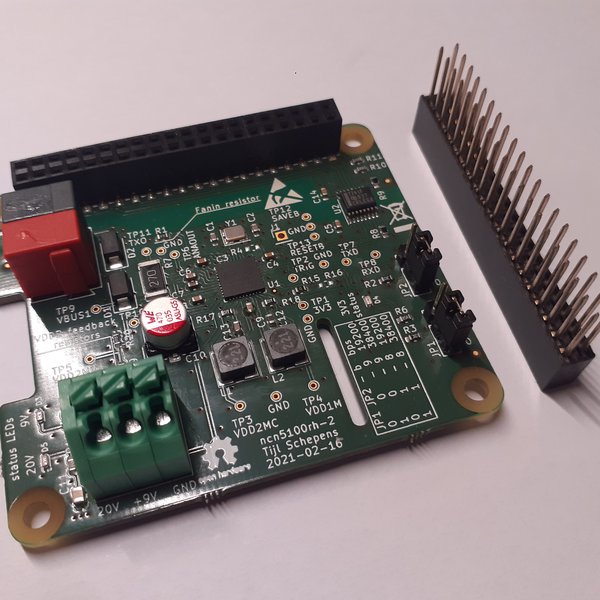
KNX Raspberry Pi HAT Hackaday.io
Hi, in my previous posts EIB/KNX Router with an USB Interface and KNX/EIB Router with a TPUART module I described how to use a Raspberry PI as EIB/KNX Router with eibd. eibd is no longer in development so I decided to give knxd, a fork of eibd, a try:-) The script attached at the end of the post is written for raspbian but should also work an all debian system with systemd imit system..

KNX Raspberry pi (1) Introduction & Setup YouTube
Raspberry Pi can connect to IP network easily, but on which, there is no interface connected to KNX bus directly. Therefore, we need to make a hardware(KNX Bridge Board), which could connect to KNX bus on one hand, and connect to Raspberry Pi on the other, so that knxd on Raspberry Pi can send and receive data in KNX network. KNX Bridge Board
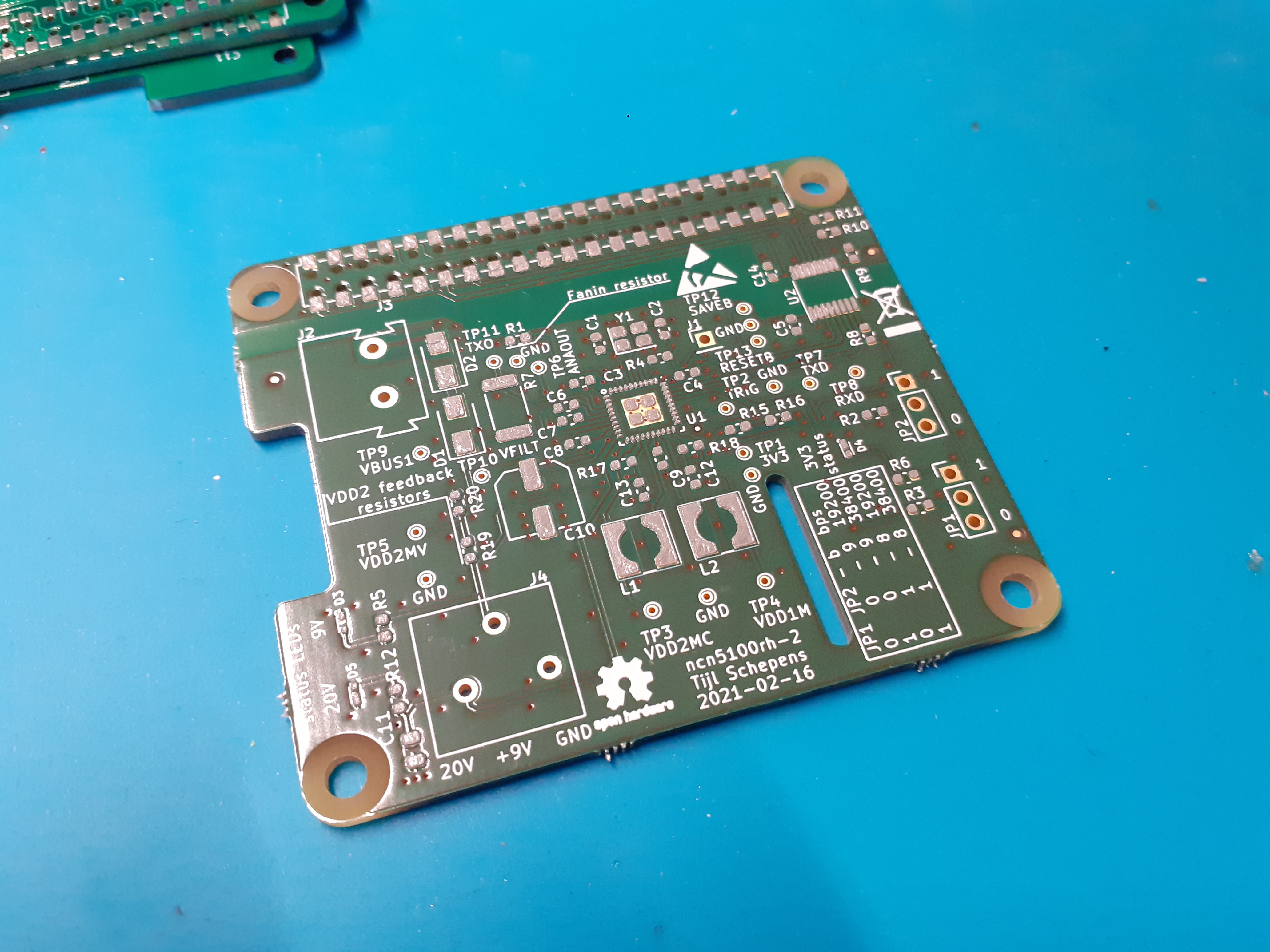
KNX Raspberry Pi HAT Hackaday.io
After installing the KNX addon, you can instantiate a KNX/IP Gateway in the Things tab under Configuration. As KNXD and OpenHAB are running on the same Raspberry Pi, the Network Address is just the local host 127.0.0.1. If you run both on a different system, the Network Address has to be the one of the system running KNXD.

allinone Raspberry Pi extension Page 1
The KNX interface is connected to the Raspberry Pi board using the expansion header marked P1. The used pins are: GPIO 14 (TXD) GPIO 15 (RXD) 3V3 Power Ground The interface is opto-isolated from the Raspberry Pi board. Serial port settings: 19200 baud 8 bits parity none 1 stop bit How to install the interface

Node.js for IoT Raspberry Pi, KNX TP/UART and Buffers by Vladimir Shabunin Medium
1. root@raspberry~: # bcuaddrtab usb:1:4:1:0:0. If not a size of 0 is reported, means that telegrams are filtered, clear the address table size to receive everything from the bus. Specify only the first two digits of the USB Bus address! 1. root@raspberry~: # bcuaddrtab -w 0 usb:1:4. reboot your the PI.
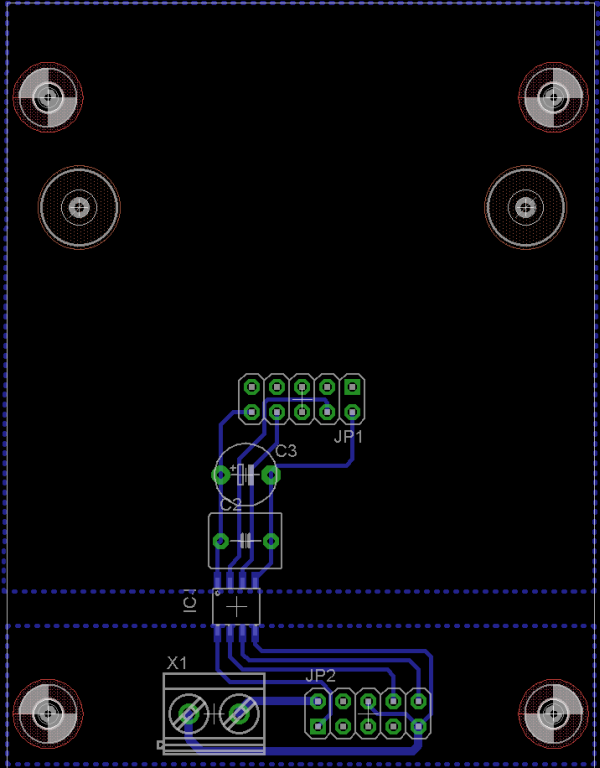
KNX/EIB Gateway with Raspberry PI
On the Raspberry Pi 2 and 3 you need to disable the serial console. Edit /boot/cmdline.txt and remove the console=ttyAMA0 entry. Then reboot. On the Raspberry Pi 3, the serial console is on ttyAMA1 by default. However, that is a software-driven serial port - the single hardware serial interface is used for Bluetooth on the Pi3.
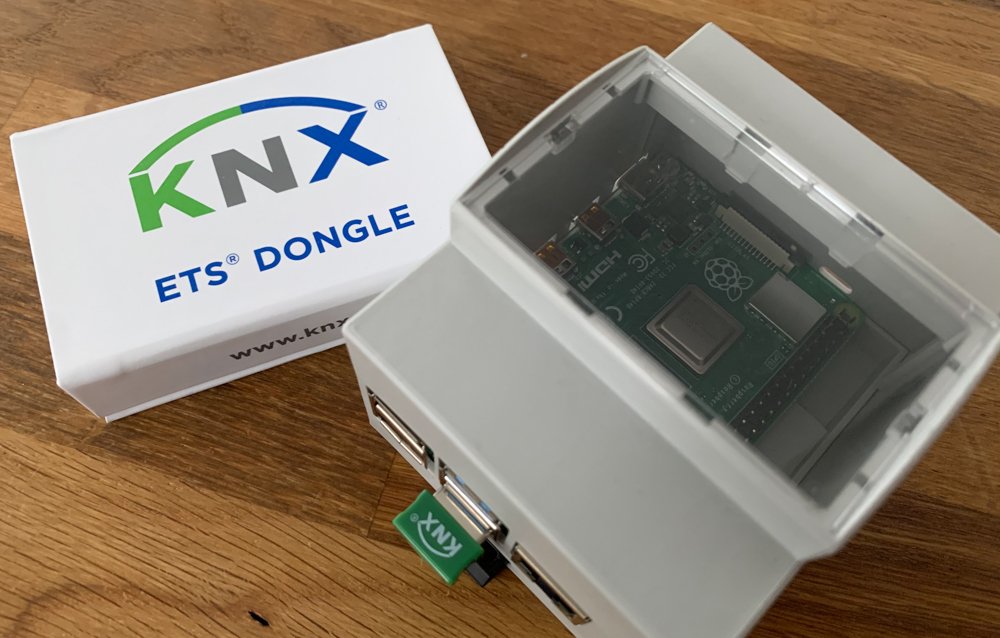
Smart Home mit KNX ETS Inside Server auf Raspberry Pi installieren ›
The KNX BAOS Module 838 kBerry is an adaptation of the proven KNX BAOS modules specifically made for the Raspberry Pi. It can be attached directly to the pins of the Raspberry Pi and communicates via a serial port galvanically isolated. The module includes a certified KNX stack and can be configured with the ETS.

Proyecto domótico gimnasio KNX con servidor web en Raspberry PI YouTube
How to set up a raspberry pi to control a KNX system. This series of videos describes how to use a raspberry pi to control a KNX system. Each video in the se.
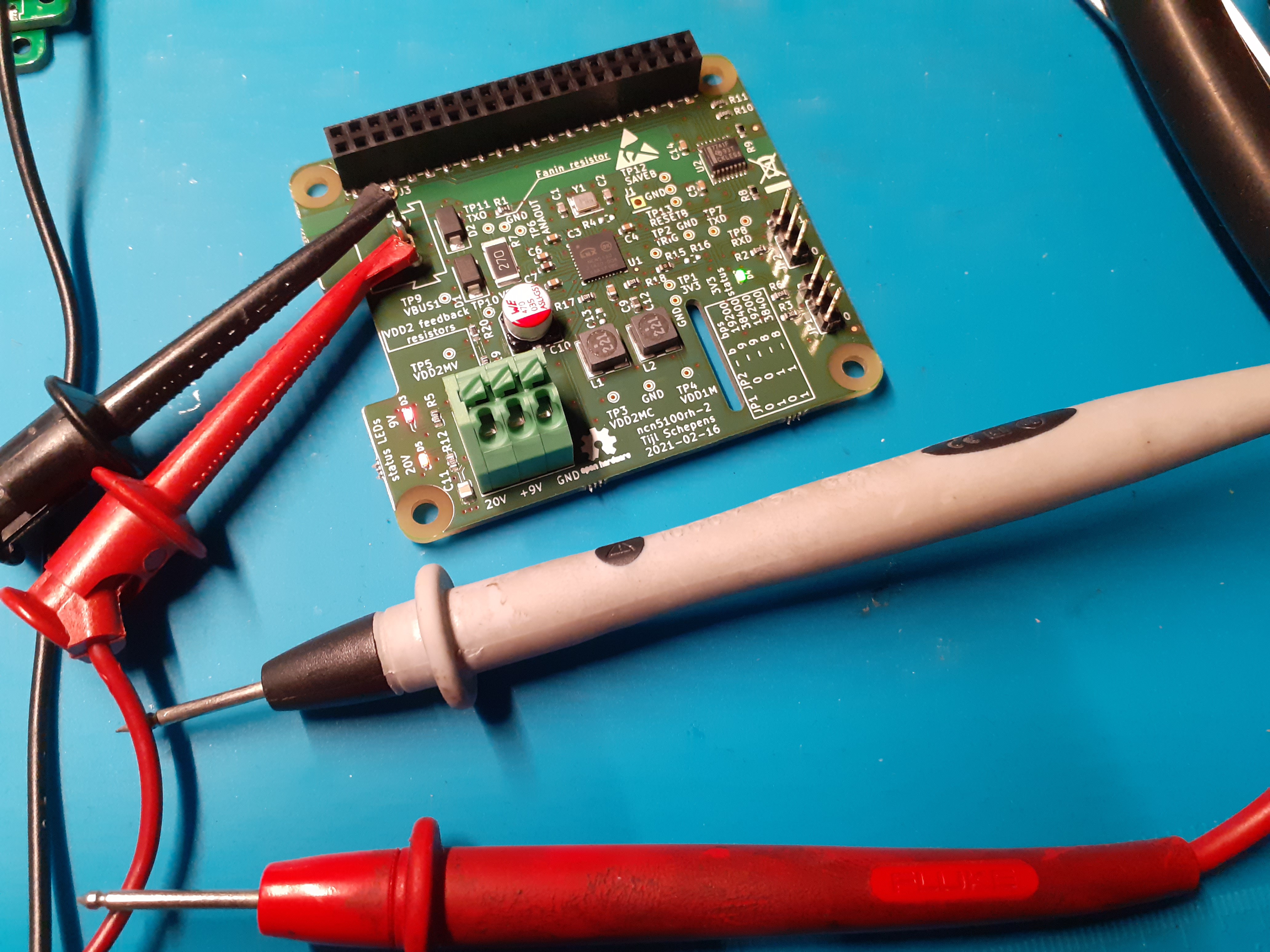
KNX Raspberry Pi HAT Hackaday.io
While designed primarily for the Raspberry Pi family of single-board computers, the KNX HAT boasts impressive compatibility: In its default mode the board has been confirmed as working with the Raspberry Pi, Odroid C2 and C4, Rock Pi 4, Asus TinkerBoard S, Libre Le Potato, and Banana Pi M4 and M5, while a jumper allows it to be altered to work with the NanoPi M4 as well.
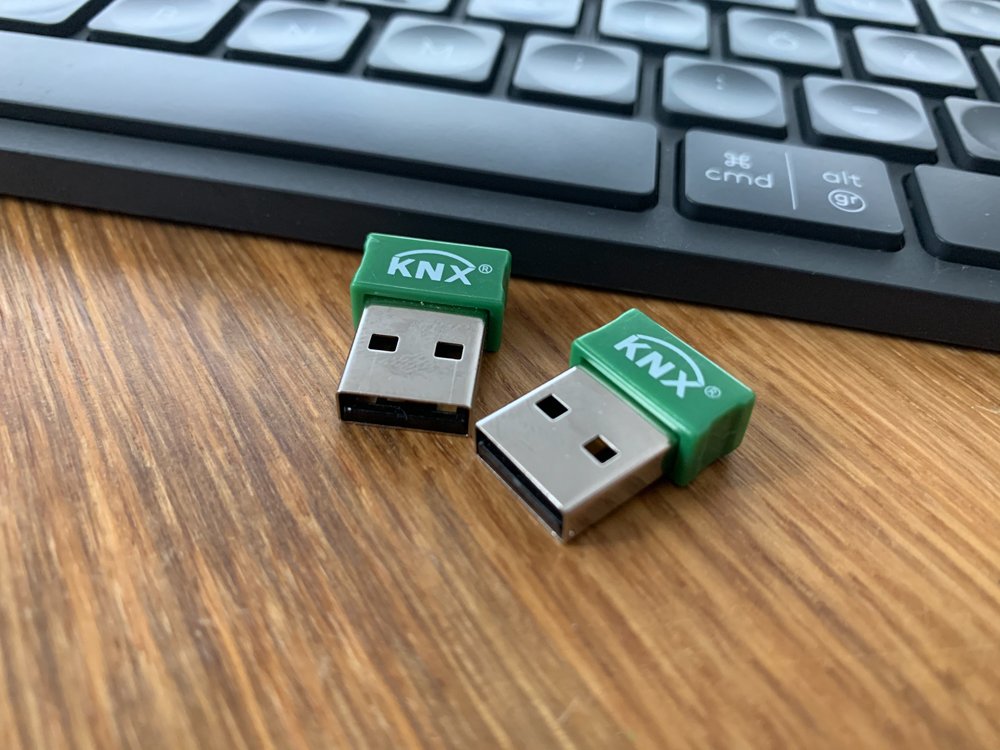
Smart Home mit KNX ETS Inside Server auf Raspberry Pi installieren ›
IC00R01KNX The RaspBerry PI® KNX interface is the best solution to connect your Raspberry application in the world of home and building automation. This easy-to-use map can be designed as a gateway developed with a simple serial protocol to receive and send telegrams on the KNX bus. The on-board microcontroller includes the KNX battery needed.
KNX Raspberry Pi HAT · GitLab
KNX Hat provides 2 external connectors: - DC 12-24V up to 2A Input for powering the raspberry Pi. - KNX/EIB Twisted Pair Bus connector. The Raspberry Pi MUST NOT be powered by 2 external sources at the same time, for example, USB and external DC 12-24V input. Before installation: Select the correct UART pins by positioning both jumpers either.
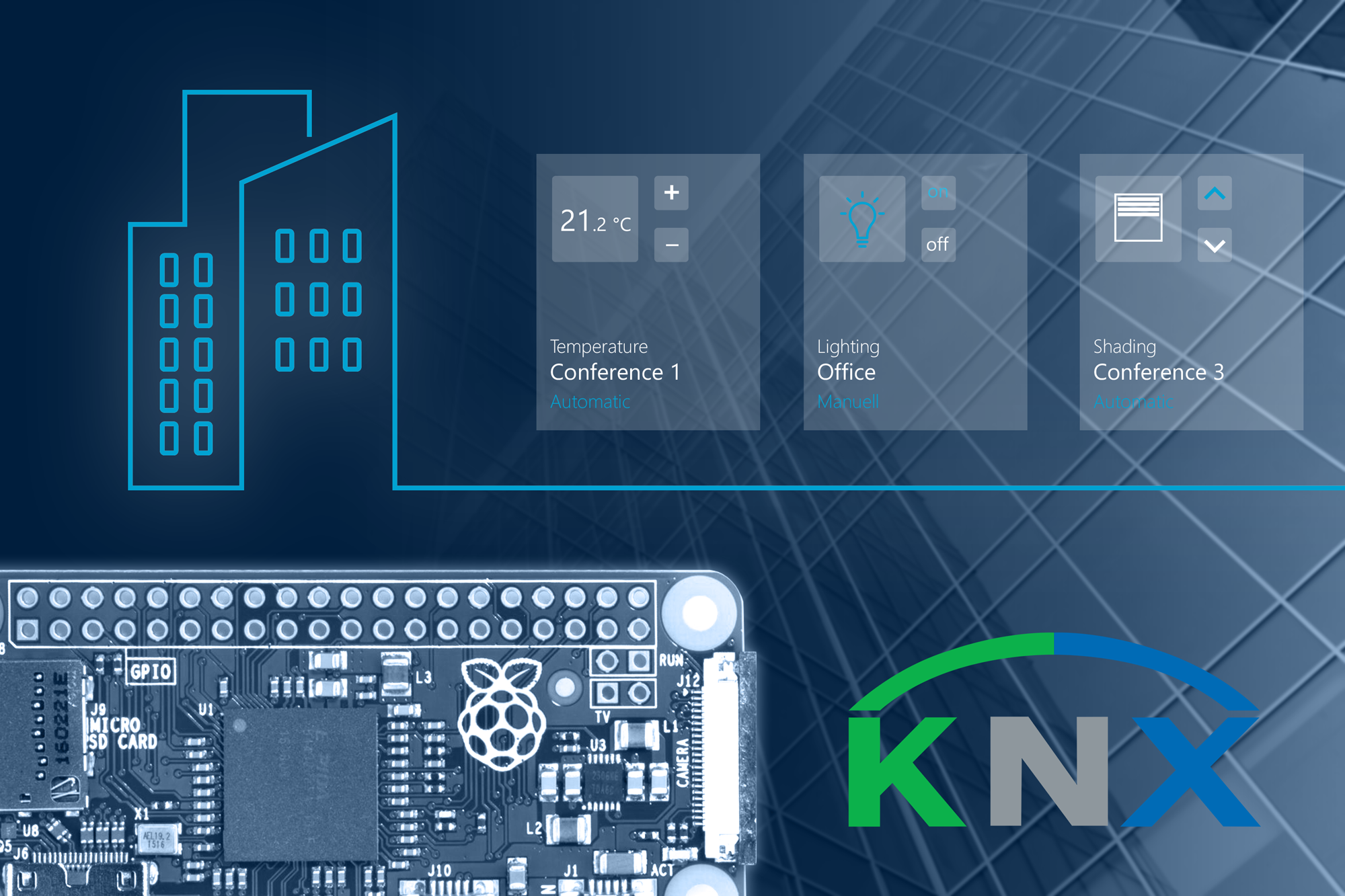
CODESYS KNX integration for Raspberry Pi and other platforms
The KNX Raspberry Pi HAT and the Raspberry Pi itself need to be supplied separately. Both are functionally isolated from each other by the ISO7741. The HAT is supplied through the KNX bus. On the top left of the shield, there are two 1 mm terminal pins to connect the bus. Normally a red/grey Wago connector is used to plug onto these pins.

KNX raspberry pi (7) Smartphone control! YouTube
You can't connect the KNX bus to anything on the pi. The KNX bus has its own electrical specs, and you need specialized hardware to connect to it. Such hardware is available, but probably a KNXnet/IP device (such as the Siemens N148) is a better option.
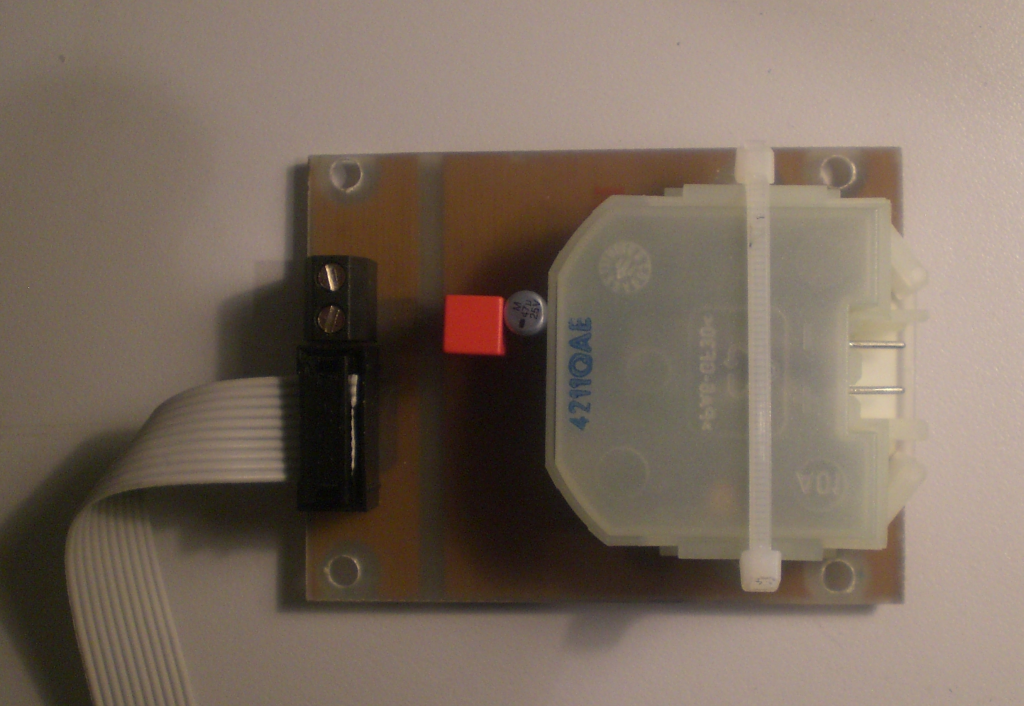
KNX/EIB Gateway with Raspberry PI
The Hardware. 3 components are needed: A Raspberry PI. A EIB Buscoupling Unit. Adapter Board to connecting both. You can use A or the B Model of Raspberry Pi. The eibd daemon has minimal hardware requirements. There are two possibilities for connecting a computer to the EIB/KNX Bus over a RS232 serial interface.
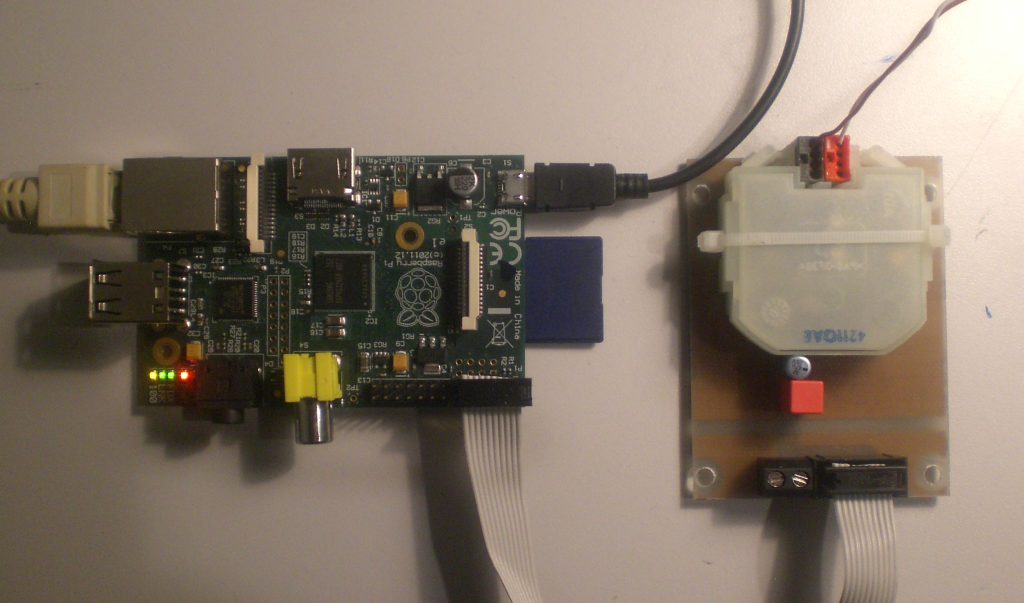
KNX/EIB Gateway with Raspberry PI
Configure your KNX devices in Home Assistant. Configure Home Assistant as a bridge accessory in Apple Home. Install HomeAssistant on a Raspberry Pi 3. Home Assistant is an open-source home automation platform. The official website offers details about all the steps needed to successfully install Home Assistant. Here's what I did for my.